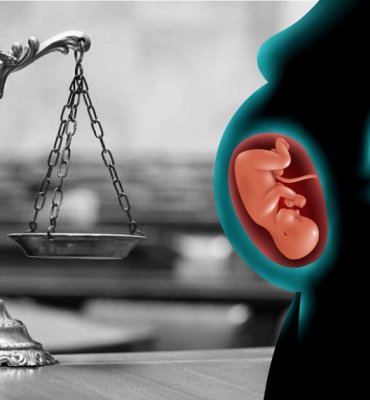
Anesthesia involves a combination of amnesia, analgesia, loss of responsiveness, loss of reflexes, and muscle relaxation. Prior to administering anesthesia, a Pre-Anesthetic Check-up or PAC is imperative. This check-up allows for the identification of any
Dr Simran Thareja is a Senior Resident of anesthesia at SMS Hospital, Jaipur
World Anaesthesia Day, celebrated annually on the 16th of October, commemorates a groundbreaking event in the history of the medical field. W.T.G. Morton, a dentist by profession, demonstrated the use of Ether on a patient to render a surgical procedure pain-free in what is now known as the Ether Dome at Massachusetts General Hospital. On that day, the world became acquainted with the miracle of anesthesia.
Each year, this day is celebrated with a theme aimed at raising awareness about the importance of anesthesia and its role in patient care. The theme for 2023 is 'Anaesthesia and Cancer Care.'
Anesthesia enables patients to undergo surgery without experiencing pain. Approximately 80% of patients with cancer require anesthesia for either treatment or palliative care, which includes pain relief.
Anesthesia involves a combination of amnesia, analgesia, loss of responsiveness, loss of reflexes, and muscle relaxation. Prior to administering anesthesia, a Pre-Anesthetic Check-up or PAC is imperative. This check-up allows for the identification of any potential risks before, during, or after the administration of anesthetic drugs and the implementation of measures to mitigate them.
The field of anesthesia, which once began with the simple inhalation of ether via a cloth placed over the patient's nose and mouth, has since evolved into a sophisticated practice. It now involves precise dosages of drugs and the use of advanced machinery to ensure safe and effective anesthesia. Techniques like regional anesthesia via nerve blocks and spinal anesthesia are employed to anesthetize specific parts of the body, aided by ultrasonography and peripheral nerve stimulation.
The applications of anesthesia are extensive, spanning from minor surgeries to complex procedures like robotic surgeries. Innovations in techniques continue to emerge with the goal of enhancing patient care and surgical outcomes. Non-Operating Room Anesthesia (NORA) involves the use of anesthesia techniques outside the traditional operating room, such as in MRI suites, Cath Labs, Plaster rooms, and Endoscopy units. Additionally, anesthesiologists play a crucial role in managing critical care units worldwide.
Anesthesiologists possess a unique set of skills, making them qualified to care for terminally ill patients, particularly those suffering from diseases like cancer. Their expertise encompasses a deep knowledge of analgesic and sedative pharmacology for pain management, an understanding of perceptual alterations, and well-practiced skills in drug titration. They are experienced in dealing with critically ill and highly anxious patients often placed in stressful circumstances.
The significance of anesthesia's role in patient care was previously overlooked because patients did not fully appreciate the importance of undergoing surgery pain-free and returning to normal physiological functioning outside of the operating room. The COVID-19 pandemic brought to light the crucial role of anesthesiologists, a fact emphasized when an anesthesiologist graced the cover of TIME magazine.
On this World Anaesthesia Day, let us strive to educate the public and raise awareness about the importance of safe anesthesia.










